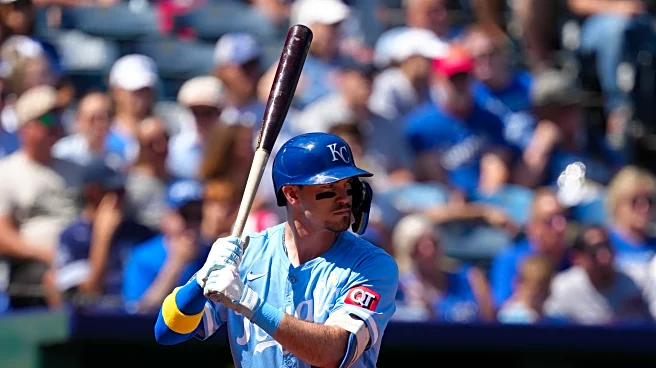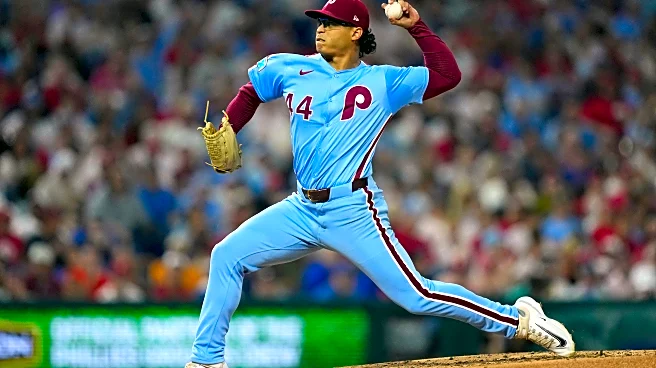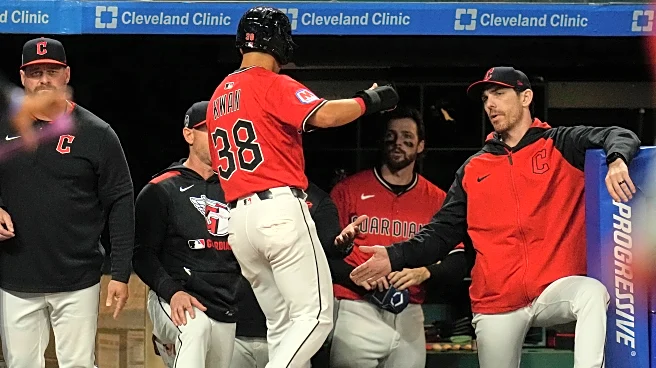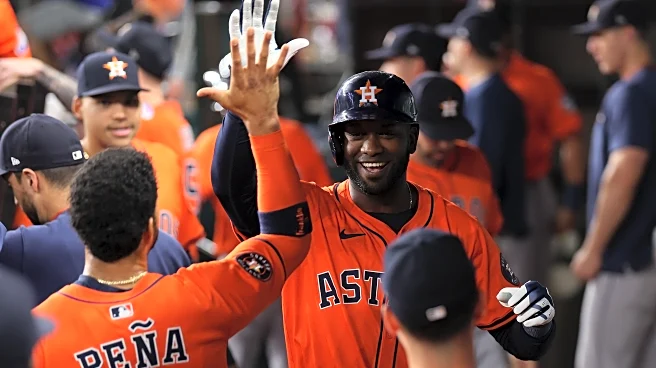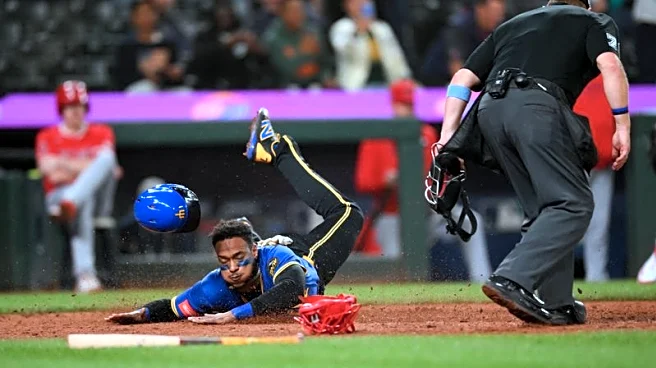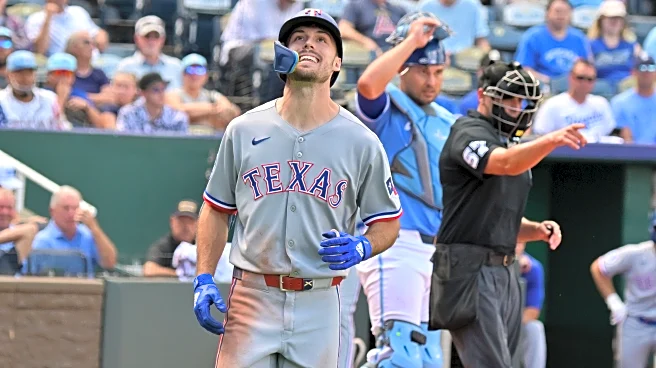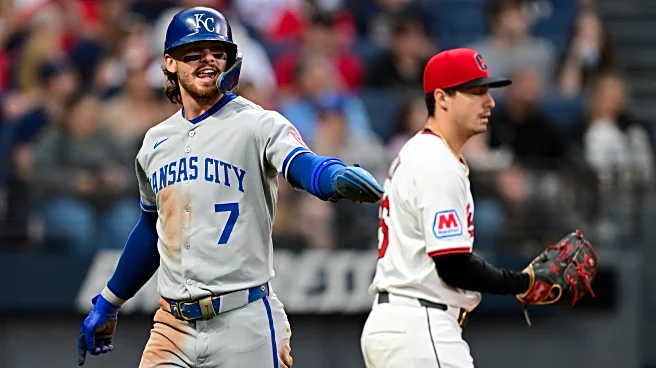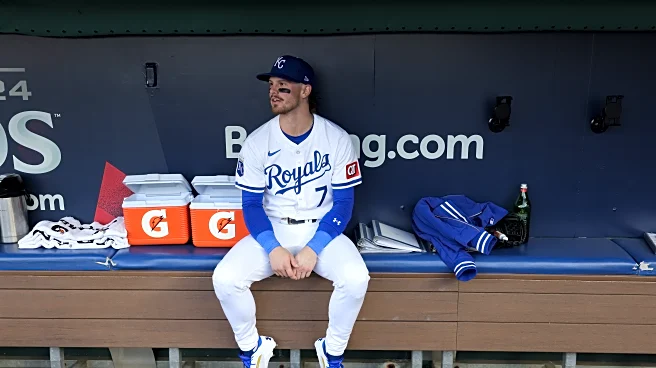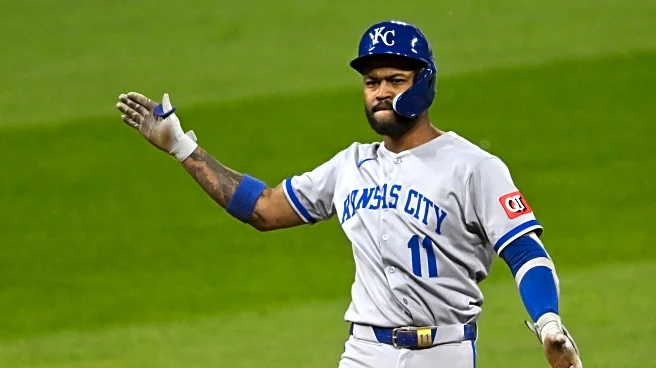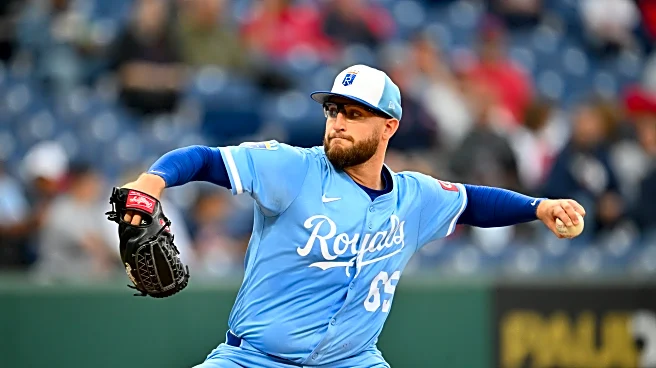Jacob Milham dropped the following post in our slack channel a few months back, and I’ve thought a lot about the graphic ever since. Here’s the post, from Michael Kasper:
I like wOBA as a stat and all the logic and thought
behind it, but the amazingly simple OPS does just as good of a job of correlating with a teams ability to score runs as the more complicated statistic. I’ve definitely used OPS more in my writing since seeing this chart; it is more approachable and simple than a wOBA or wRC+. It does a good job of explaining what is the most important to scoring runs; getting on base and hitting for power.
Looking at this chart is a helpful reminder to me that sometimes the easy and obvious answer is the correct answer. It doesn’t have to be complicated to be true. I’ve been thinking about this these past couple weeks as the Kansas City Royals have limped towards the finish line, and are now extremely unlikely to make the postseason in 2025. It is, in my eyes, a very simple story as to why they won’t make the postseason. The Royals offense is not good enough, and has not been good enough this season for the Royals to make the playoffs.
Going into Thursday, the Royals had a Team OPS of .695 for this season. That is 24th in the league, well below the league average OPS of .721. It’s very hard to make the postseason, even in this era of expanded playoffs, if you have a well below average offense as a team. 5 of the 6 teams currently in playoff position have an OPS above .721, the league average OPS. The only AL team who does not have a league average OPS currently in playoff position are the Houston Astros, who have a .720 OPS, so they are right at league average.
On the NL side, 5 of the 6 teams currently in playoff position have an above-average OPS. Only the San Diego Padres with their .707 OPS have truly had a below average offense over the course of the season and are currently in playoff position. The Royals offensive struggles this season, as shown by their below average ability to get on base and hit for power, made it unlikely that they would be able to make the playoffs, and the results that we have seen both over the course of the season and here down the stretch are baring that out.
The conveniently timed post All-Star break run is starting to look more and more like a hot streak by a not great offense instead of a breakthrough. The offense looked legitimately good in August, with a teamwide .772 OPS in the month, but their OPS in September has been abysmal. It was .597 heading into Thursday, and after the team only scored two runs on five hits in the final game of the series against the Cleveland Guardians, I doubt that number looks any better.
Overall, their .695 OPS on the year is not good enough. They had a .674 OPS in the first half of the season, and all those losses count just as much in their record column as their losses in September do, even if the more recent ones feel worse. Their .738 OPS in the second half of the season is above average, but not much so and it is trending the wrong direction despite their hot August. I would not be surprised to see the Royals truly fall out of the race and end up with a below average OPS in the second half of the season as well.
There are more stories to this season that give color to why the Royals are likely to miss the playoffs this season. Their only healthy starting pitcher that was on their Opening Day Roster is Michael Lorenzen. The Royals baserunning has inexplicably cost them runs this season instead of giving them an advantage like it did last season. You don’t have to wander far on the internet to find people questioning Matt Quatraro as a in-game manager. In some sense it’s miraculous that we are just now resigning ourselves to no playoffs considering how much the offense has been disappointing this season, on top of the other things the Royals have not done well this year. The pitching has really been that good.
Still, the lack of offensive production is the simplest explantation for why the season went awry as well as the most accurate one. This was a foreseeable issue coming into this season, and one the Royals did attempt to address in the offseason by going after players like Anthony Santander (who based on how his 2025 went would not have helped this issue, for what that’s worth). Those plans did not work out, and the team entered the season with too many question marks in their lineup. Of those question marks, only Maikel Garcia was a pleasant surprise this year, while everyone else was a disappointment. Internal solutions were not any better, and the trade deadline acquisitions were a band-aid on wound that was too big to close. The wheel weaves as the wheel wills.
It is up to the Royals front office and coaching staff to figure out how to improve this for next season; it simply needs to be better for the team to have a more realistic chance at the playoffs and I’m sure everyone knows that. Which internal candidates can be counted on to improve or make the leap from the minors to the everyday lineup? Are any of the players who struggled this season able to bounce back and reach their potential like we saw from Garcia this season? What outside players, acquired either through free agency or trade, are available at a non-prohibitive cost and would help the team? Who needs to leave the team to help give other guys more plate appearances? Does the team need a new hitting approach or a new hitting coach? The lineup is a problem that is likely going to need a combination of all of the above to get the Royals were they want to go next year.
There are plenty of reasons to be optimistic about next season, and taken as a whole the past two seasons are a remarkable turnaround from the abysmal 2023. The lineup, however, was not good enough this season and they need to hit for more power and get on base more next season if they want to improve. That’s certainly easy enough to realize and say, the hard part is actually going out and making that happen.
